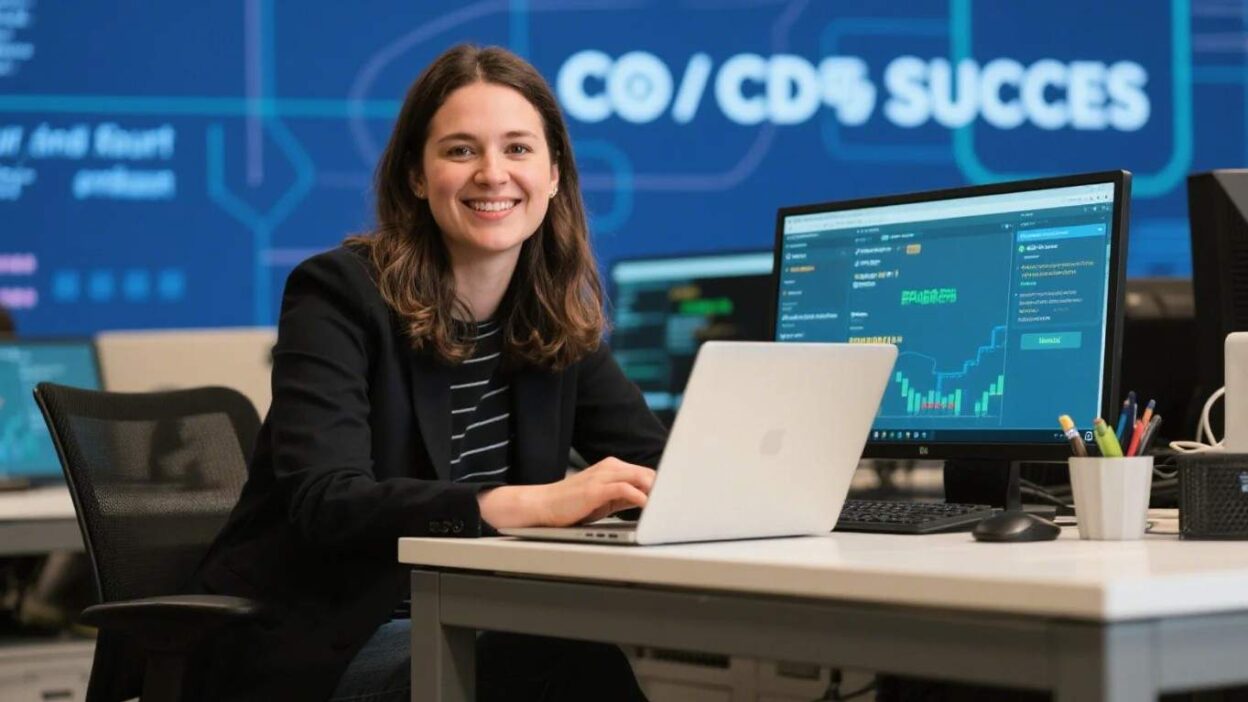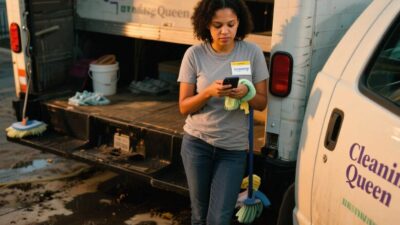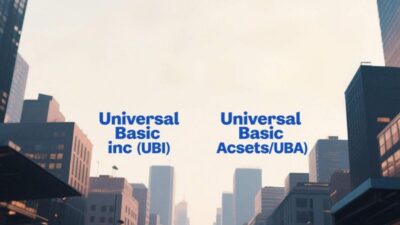Sarah Kim was 19 when she dropped out of high school, pregnant and overwhelmed by family pressures and financial struggles. With no diploma and a baby on the way, her future seemed predetermined—low-wage jobs and limited opportunities. But Sarah had always been curious about how things worked, especially computers and technology.
“I was that kid who took apart every electronic device I could get my hands on,” Sarah laughs. “My parents thought I was just being destructive, but I was really trying to understand how these amazing machines worked.”
After her daughter was born, Sarah found herself working night shifts at a convenience store while her baby slept. During those quiet midnight hours, she discovered free coding tutorials online. Starting with basic HTML and CSS, she began teaching herself web development on the store’s computer during slow periods.
“I remember staying up until 3 AM after my shift, following along with coding videos while my daughter slept next to me,” Sarah recalls. “I was exhausted, but I was also more excited than I’d ever been. For the first time, I felt like I was learning something that could change our lives.”
Sarah’s learning was entirely self-directed and driven by necessity. She couldn’t afford coding bootcamps or computer science classes, so she relied on free resources: YouTube tutorials, online documentation, coding forums, and open-source projects. She practiced by building websites for local small businesses, often working for free just to gain experience.
The breakthrough came when Sarah built a simple inventory management system for the convenience store where she worked. The owner was so impressed that he asked her to create similar systems for his other businesses. Word spread, and soon Sarah was getting requests from other small business owners who needed basic websites and database systems.
“I realized I had stumbled onto something that could support my family,” Sarah says. “I started charging for my services and treating this like a real business.”
Sarah continued working nights while building her programming skills and client base during the day. She learned JavaScript, Python, and database management through online courses and countless hours of practice. She joined online coding communities where experienced developers mentored newcomers and answered questions.
After three years of teaching herself and freelancing, Sarah applied for a junior developer position at a mid-sized tech company. Despite having no formal education or traditional credentials, her portfolio of real-world projects and her passion for problem-solving impressed the hiring team.
“The interview was terrifying,” Sarah admits. “I was sure they’d see right through me and realize I didn’t belong there. But when they asked me to solve coding challenges, all those late nights of practice paid off.”
Today, just seven years after dropping out of high school, Sarah is the Chief Technology Officer of a rapidly growing fintech startup. She leads a team of 25 developers and has been recognized as one of the city’s “Top 40 Under 40” business leaders. Her company’s mobile app has over 100,000 users and has processed millions of dollars in transactions.
But perhaps more importantly, Sarah has become an advocate for non-traditional paths into technology. She regularly speaks at conferences about self-taught programming and has established a scholarship fund for single mothers pursuing careers in tech.
“I want other people to know that your circumstances don’t have to define your ceiling,” Sarah says from her office, where she keeps a framed photo of herself and her daughter from those early days. “The internet has democratized learning in a way that previous generations couldn’t imagine. If you have curiosity, determination, and access to a computer, you can literally change your life.”
Sarah’s daughter, now 12, has already started learning to code. “She’s going to have opportunities I never dreamed of,” Sarah says proudly. “But more importantly, she’s growing up knowing that with enough determination and hard work, anything is possible.”



